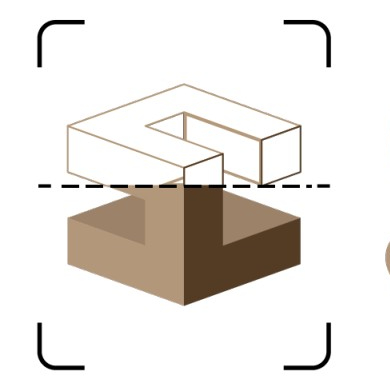Exploring the Latest Innovations in Construction Planning

Introduction
In a period characterized by swift technological progress, the construction industry is undergoing a transformative phase, with cutting-edge innovations revolutionizing every aspect of the process. One crucial area that has seen remarkable evolution is construction planning. From improving efficiency to enhancing collaboration, the latest innovations are reshaping how projects are envisioned, planned, and executed. This article will uncover some of the most impactful innovations in construction planning, supported by relevant statistics that underscore their significance.
1. Building Information Modelling (BIM)
BIM Technology has emerged as a cornerstone of modern construction planning. It involves curating a digital representation of a building's physical and functional characteristics, offering a holistic view of the project. According to a Dodge Data & Analytics report, 82% of surveyed contractors found that BIM improves construction quality and reduces rework. This technology streamlines communication, reduces errors, and guarantees accurate cost estimation.
2. Virtual Reality (VR) and Augmented Reality (AR)
Technologies like VR and AR have entered the construction planning scene, providing immersive experiences that aid in visualizing and fine-tuning designs. These tools enable stakeholders to virtually walk through a building before it's constructed, identifying potential design flaws and ensuring alignment with the desired outcome. A study by Tractica predicts that the enterprise VR hardware and software market will grow from $1.0 billion in 2019 to $12.6 billion by 2025, underscoring the rising adoption of these technologies.
3. Prefabrication and Modular Construction
Prefabrication and modular construction are gaining momentum due to their ability to enhance project speed and quality. Components are manufactured off-site, minimizing delays caused by weather conditions and site constraints. According to the Modular Building Institute, 92% of engineering and construction professionals believe that modular construction reduces project schedules. Moreover, this approach is environmentally friendly, reducing waste and energy consumption.
4. 3D Printing
The emergence of 3D printing technology is transforming the construction industry. It allows for creation of intricate building components with greater precision and speed. According to Markets and Markets, the construction 3D printing market is projected to grow from $3.02 billion in 2020 to $10.4 billion by 2027. This technology has the potential to minimize material waste, labor costs, and construction timelines significantly.
5. Scan to BIM Technology
Scan to BIM technology involves the use of laser scanning to capture accurate and detailed as-built information of existing structures or sites. This data is then transformed into BIM models by trusted and reliable Scan to BIM Company, aiding in renovations, retrofitting, and clash detection. A report by Markets and Markets estimates that the 3D scanning market, which includes Scan to BIM, will grow from $3.76 billion in 2018 to $5.9 billion by 2023, reflecting its rising importance in construction planning.
6. Drone Technology
Drones have transcended their recreational use and found a valuable role in construction planning. They provide accurate aerial surveys, monitor progress, and identify potential safety hazards. According to a Goldman Sachs report, the market for drones in construction is projected to reach $11.2 billion by 2022. Drones facilitate quicker data collection, enabling teams to make informed decisions promptly.
7. Artificial Intelligence (AI)
AI-driven technologies are making inroads into construction planning, optimizing project scheduling, resource allocation, and risk assessment. Predictive analytics help in foreseeing potential delays and improving overall project efficiency. A study by McKinsey & Company indicates that AI could create $1.2 trillion of value in construction, with planning and scheduling being one of the critical areas benefiting from AI implementation.
8. 5D and 6D BIM
5D and 6D BIM take the concept of BIM a step further by incorporating time (5D) and cost (6D) dimensions. This allows project managers to visualize the construction timeline and associated costs more accurately. A report by FMI Corporation highlights that adopting 5D BIM has led to a 50% reduction in scheduling-related issues and a 30% reduction in project duration.
9. Cloud-Based Collaboration
Cloud technology has transformed collaboration in construction planning by providing real-time access to project information from anywhere, anytime. A Dodge Data & Analytics study indicates that 65% of contractors believe that cloud technology improves project performance. It reduces the chances of miscommunication and delays, fostering better coordination among stakeholders.
Revolutionizing Construction Planning with the Latest Innovations
The construction industry is at a crossroads of innovation, with technology driving unprecedented advancements in planning and execution. From Scan to BIM Services and VR to prefabrication, 3D Printing, and AI, these innovations are not just changing how projects are planned but setting new standards for efficiency, sustainability, and collaboration. As statistics show, the adoption of these technologies is on the rise, promising a future where construction planning is more accurate, streamlined, and successful than ever before. Adopting these advancements is no more a choice; maintaining competitiveness in the constantly changing construction sector is imperative.












